Name Andreas Embirikos | Children Leonidas Embirikos Siblings Maris Empeirikos | |
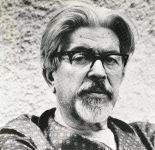 | ||
Spouse Vivika Zisi (m. 1947), Matsi Hatzilazarou (m. 1940–1944) Similar People Thanasis Papakonstantinou, Yannis Markopoulos, Jules Verne, Panos Katsimihas | ||
Hspt poiitiki vradia part 3 of 7 surrealism andreas embirikos
Andreas Embirikos (Greek: Ανδρέας Εμπειρίκος; September 2, 1901 in Brăila – August 3, 1975 in Kifissia, Attica) was a Greek surrealist poet and the first Greek psychoanalyst.
Contents
- Hspt poiitiki vradia part 3 of 7 surrealism andreas embirikos
- Portrait6
- Life
- Timeline
- Poetry
- Megas Anatolikos
- Literary critic
- Photography
- Selected works
- References

Portrait_6
Life
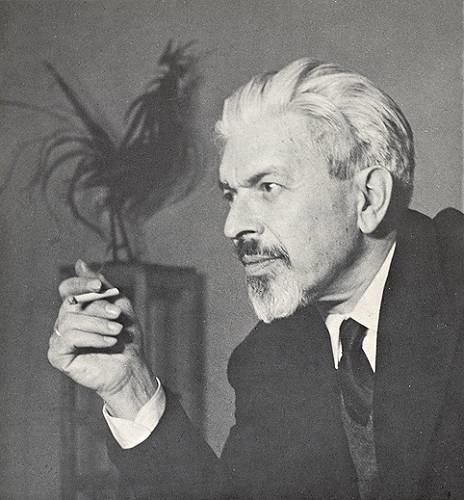
Embirikos came from a wealthy family as his father was an important ship-owner. He was born in Brăila, Romania, but his family soon moved to Ermoupolis in Syros, one of the Greek islands in the Aegean Sea. When Embirikos was only seven years old they moved to Athens. While he was still a teenager his parents divorced; he started studying at the School of Philosophy of the National and Capodistrian University of Athens, but he decided to move to Lausanne to stay with his mother without graduating from the university.
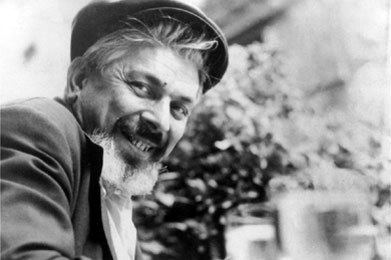
The following years Embirikos studied a variety of subjects both in France and in the United Kingdom where he studies at King's College London; however it was in Paris where he decided to study psychanalysis together with René Laforgue and joined International Psychoanalytical Association.
Timeline
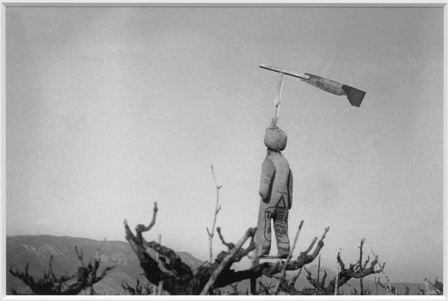
Poetry
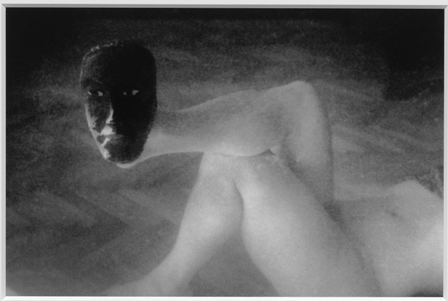
His poetry can be defined by two major tendencies. On the one hand, he was one of the major representatives of surrealism in Greece. His first poetic collection, Ipsikaminos, was a heretic book, characterized by the lack of the punctuation and the peculiarity of the language. As the poet himself admitted it was precisely the originality and extravagance of his work that contributed to his relative commercial success.
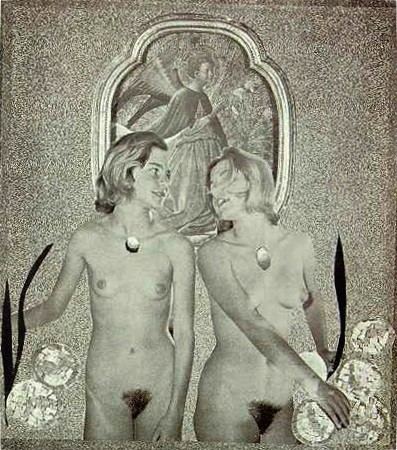
On the other hand, together with Yorgos Seferis, Embirikos was the most important representative of the "Generation of the '30s". He contributed greatly to the introduction of modernism in Greek letters and he helped change once and for all the poetic atmosphere of Greece.
Megas Anatolikos
Arguably, the most significant and influential work by Embirikos is Megas Anatolikos. The poet dedicated many years of work to this particularly long novel, that consists of more than one hundred chapters. In this work, Embirikos narrates the first trip of the ocean liner Great Eastern (Μέγας Ἀνατολικός) from England to America. Embirikos describes the Great Eastern as a hedonic vessel, where the multitude of the passengers enjoy love without and beyond limits. During the ten-day trip (an allusion to the Decameron) they discover a new form of happiness and innocence. For this work, Odysseas Elytis called Embirikos "a visionary and a prophet".
Literary critic
Embirikos also wrote articles of literary criticism; at least two of them are worth-mentioning. The first is "The hidden necrophilia in the works of Edgar Allan Poe"; the second, "Nikos Engonopoulos or the miracle of Elbassan and Bosphorus".
Photography
Embirikos was an enthusiastic photographer all his life, and the sheer volume of his photographic work, no less than his passionate involvement with the medium, suggest that it was, for him, very nearly as important an activity as writing. Yiorgis Yiatromanolakis (Γιώργης Γιατρομανωλάκης), Embirikos's principal Greek scholar, has written that "his three principal identities are those of a poet, a novelist and a photographer". For his part, Embirikos's son, Leonidas, has referred to his father's "vast, vertiginously extensive photographic archive... the negatives alone exceeding 30,000 items".
Embirikos only ever publicly exhibited his photographs once in his lifetime, showing a limited number of prints at the Ilissos gallery in Athens, in 1955. However, as part of the celebrations for the centenary of his birth in 2001, the photographer and critic John Stathatos (Γιάννης Σταθάτος) was commissioned to research the archive and curate a large exhibition at the Technopolis Arts Centre in Athens. A substantial monograph incorporating Stathatos's text was simultaneously published by Agra Editions.
